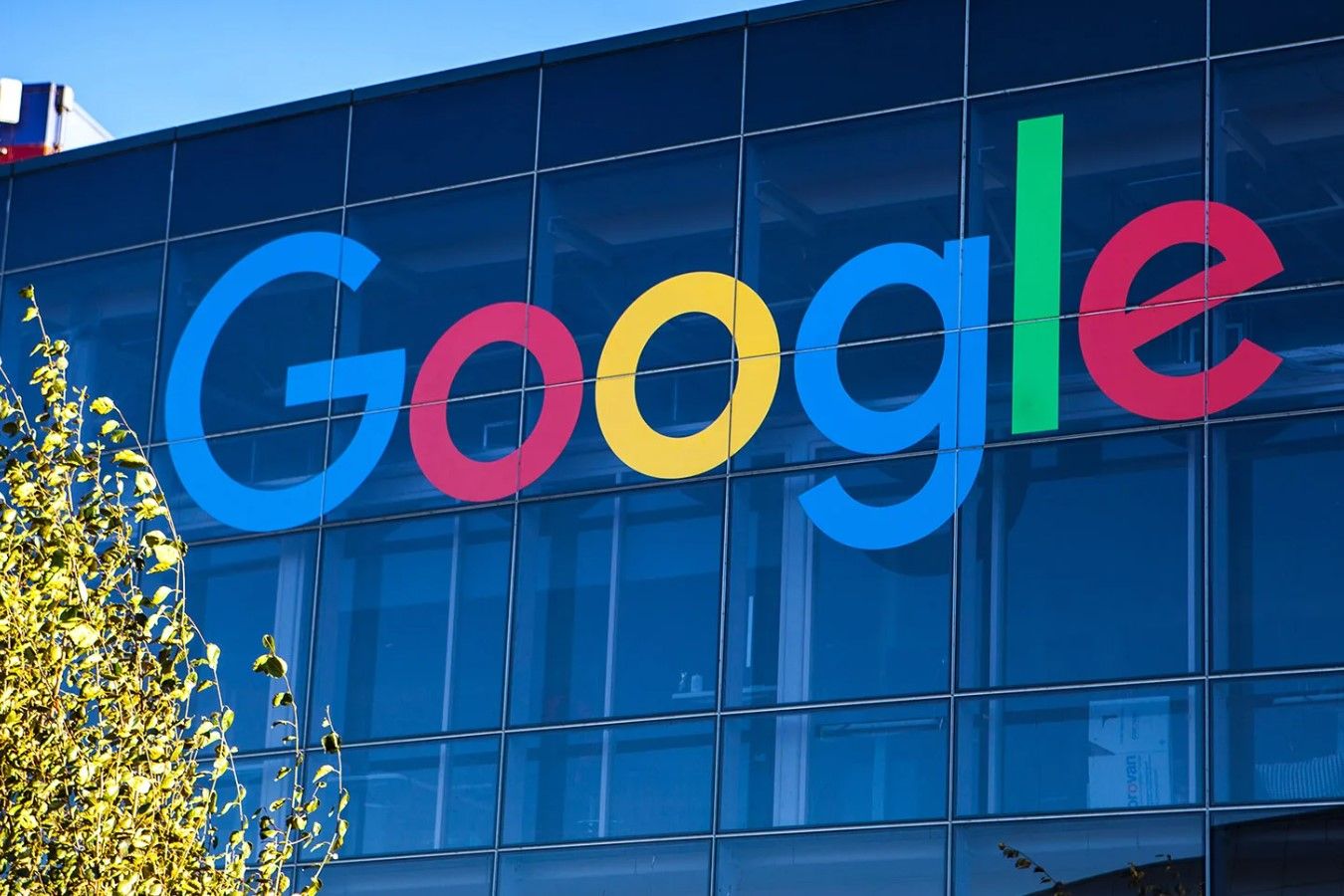Media planning is a critical component of any successful marketing campaign, as it involves determining the best channels, timing, and budget allocation to effectively reach a target audience. With the wide variety of media options available today—from digital platforms to traditional outlets like TV and radio—an organized media plan is essential for maximizing the impact of marketing efforts. Media planning requires careful research, analysis, and strategic decision-making to ensure that the message reaches the right audience at the right time. In this article, we’ll explore the importance of media planning in marketing and how it can drive successful campaigns.
Understanding the target audience
The first and most important step in media planning is understanding the target audience. Knowing who your customers are—what they like, where they spend their time, and what media they consume—lays the foundation for an effective media strategy. Marketers use demographic, geographic, and psychographic data to build detailed audience profiles. For example, a brand targeting young professionals might focus on digital channels such as social media, mobile apps, and podcasts, as these platforms are more likely to be frequented by this demographic. By defining the target audience, media planners can make informed decisions about which media channels to prioritize.
Selecting the right media channels
Once the target audience is identified, the next step in media planning is choosing the right mix of media channels. This includes determining whether to focus on digital, traditional, or a combination of both, depending on where the audience is most active. Digital media, such as social media platforms, websites, and email, offer the ability to target specific groups with precision, while traditional media like television, radio, and print provide broad reach. A successful media plan often involves a multi-channel approach to ensure that the campaign reaches the audience at different touchpoints. For example, a brand may run a social media ad campaign while simultaneously placing ads on popular streaming services to capture a wider audience.
Budget allocation and scheduling
Budget allocation is a key component of media planning, as it ensures that resources are used effectively across chosen channels. A well-crafted media plan must balance the budget to maximize exposure while minimizing waste. Planners need to decide how much of the budget to allocate to each media channel based on factors such as reach, frequency, and cost-per-impression. For example, if the target audience is primarily consuming content on social media, the majority of the budget might be spent on Facebook or Instagram ads. In addition to budgeting, media scheduling is crucial—it involves deciding when and how often ads should be displayed to optimize visibility. Timing can significantly impact a campaign’s success, especially for seasonal promotions or time-sensitive offers.








